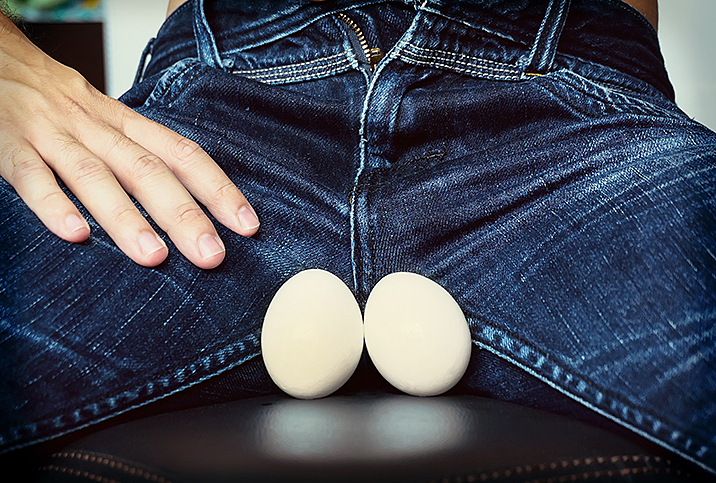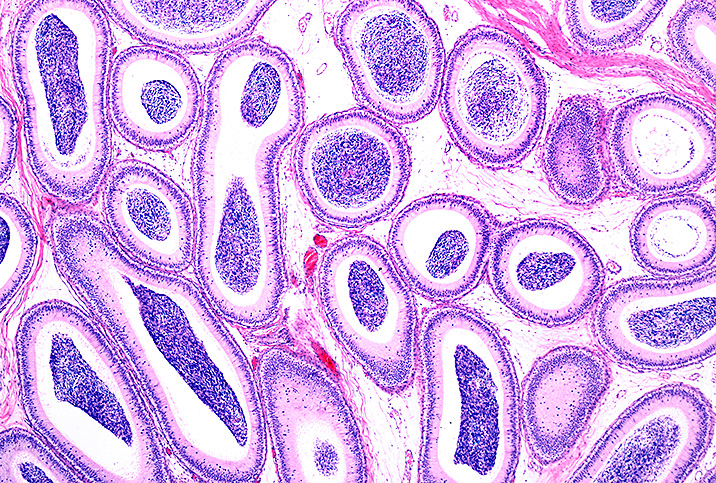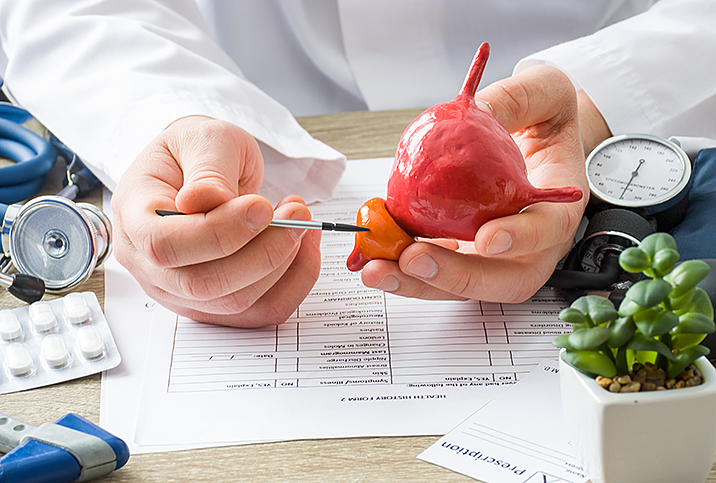How Can I Cope with Chronic Epididymitis?

Epididymitis occurs when the epididymis—the male duct system that holds sperm—becomes inflamed, which leads to pain and swelling of the testicle. A doctor can diagnose the condition by performing a physical exam; if the patient has epididymitis, the exam will reveal swollen lymph nodes, swollen testicles and/or abnormal discharge from the penis.
Typically caused by a bacterial infection or a sexually transmitted infection (STI), epididymitis may also result from a urinary tract infection (UTI) or other prostate infection. Epididymitis may first cause symptoms such as pain, redness, frequent urge to urinate and painful ejaculation. In children, epididymitis can manifest as discomfort in the lower abdomen; fever, redness and tenderness of the scrotum; pain during urination; and discharge from the urethra.
Left untreated, the condition can lead to severe symptoms such as fever, chills, pain during intercourse and blood in the semen. Complications include chronic epididymitis, death of testicular tissue and infertility.
Does epididymitis go away on its own without treatment?
If a case of epididymitis lasts longer than three months, develops slowly and causes a dull pain inside the scrotum, you likely have chronic epididymitis. A chronic case can come and go, and it may not respond completely to treatment.
Who's at risk for epididymitis?
Males of any age can develop epididymitis, but those between the ages of 14 and 35 are most susceptible.
Some conditions can make it more likely that you'll develop epididymitis. If you are uncircumcised, have unprotected sex, have an enlarged prostate, have recently had urinary tract surgery or tuberculosis, or use certain heart medications, you’re more at risk for developing the condition.
While the causes are typically different from those for adults, children can develop epididymitis if they have a UTI that has spread to their epididymis, or trauma to their groin, or if urine makes it into their epididymis.
How to treat epididymitis
To treat epididymitis, the underlying cause must first be managed, which is usually handled by antibiotics, pain medication and rest. Children’s epididymitis will often resolve itself or with treatments similar to those used in adult cases. It can take a few weeks for the discomfort to go away completely, but most cases of epididymitis clear up within three months.
If you find no relief with this course of action, you likely have chronic epididymitis, and if that’s the case, you can try other methods to ease the pain. Your symptoms will go away eventually, but they are manageable in the meantime.
Apply cold packs or heating pads to your groin and elevate your scrotum to help ease the pain and swelling. Wearing an athletic cup can offer support and protection. Abstaining from intercourse can help you avoid painful ejaculation and give you time to heal.
If your epididymitis becomes severe, abscesses can form on your testicles and may require surgery. You can also have surgery to remove part of your epididymis if no other treatment for your epididymitis works.
When treated properly, epididymitis should have no serious sexual or reproductive repercussions for your future. The symptoms for chronic epididymitis may come and go, but you’ll know how to treat them.

















